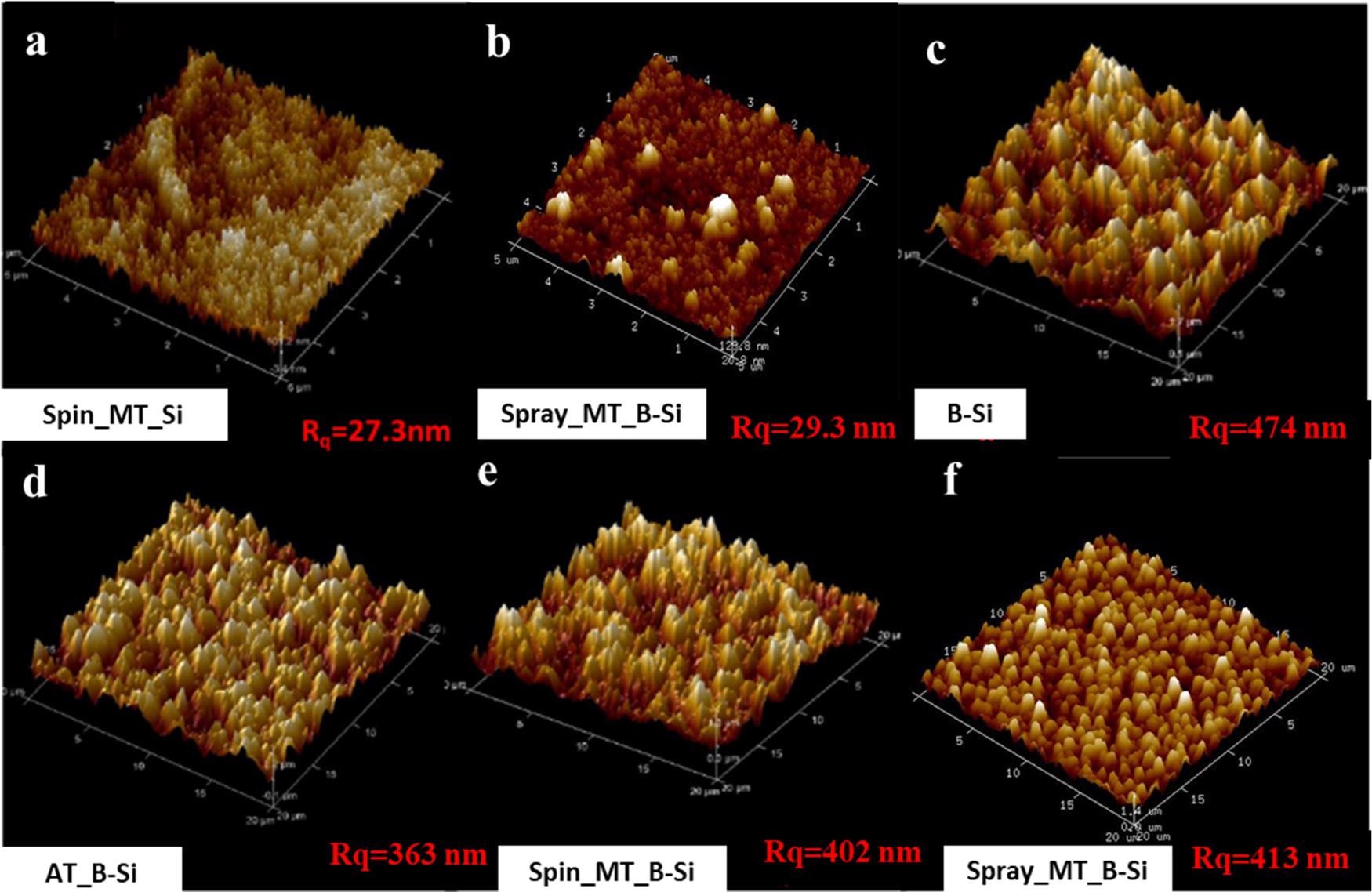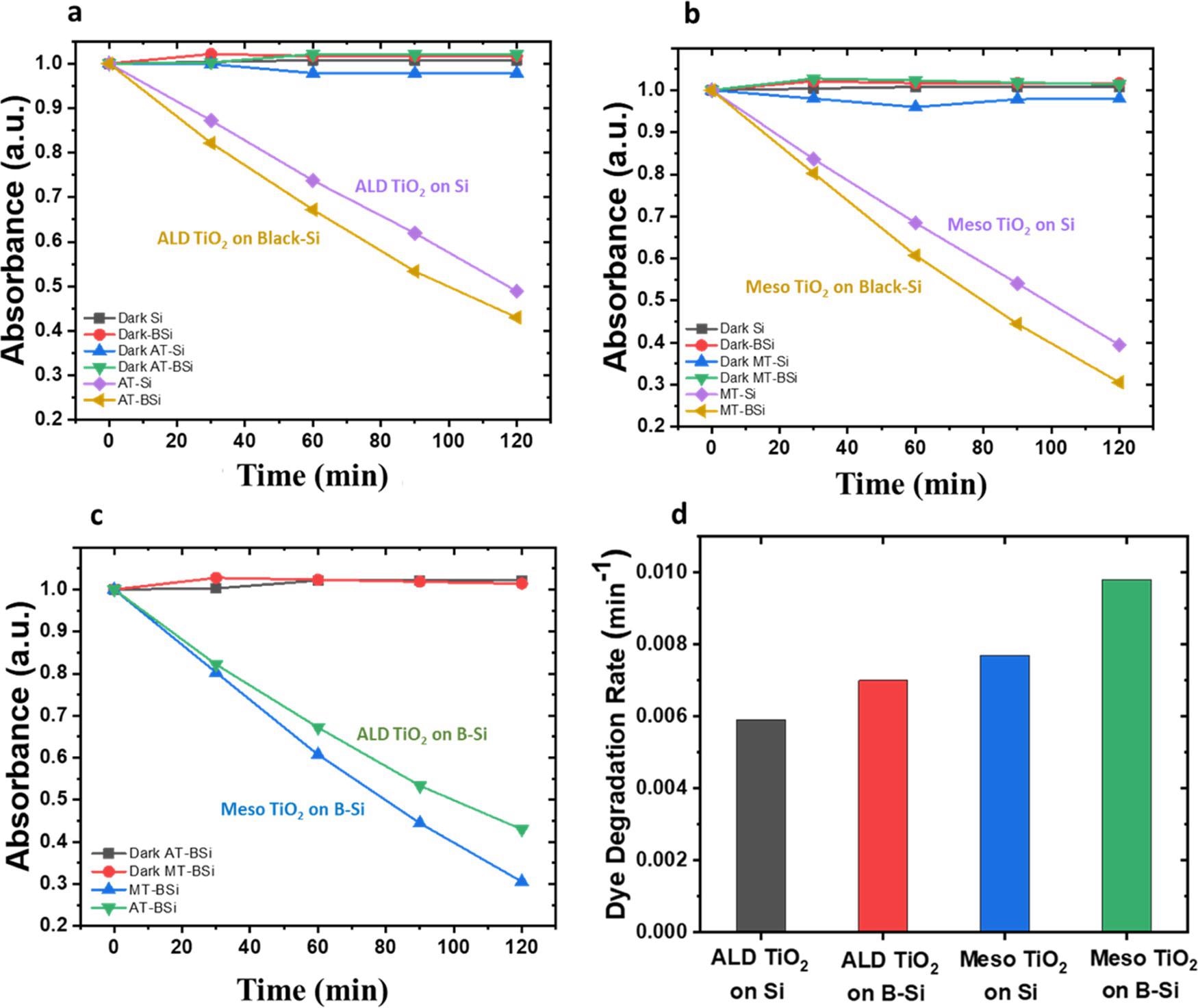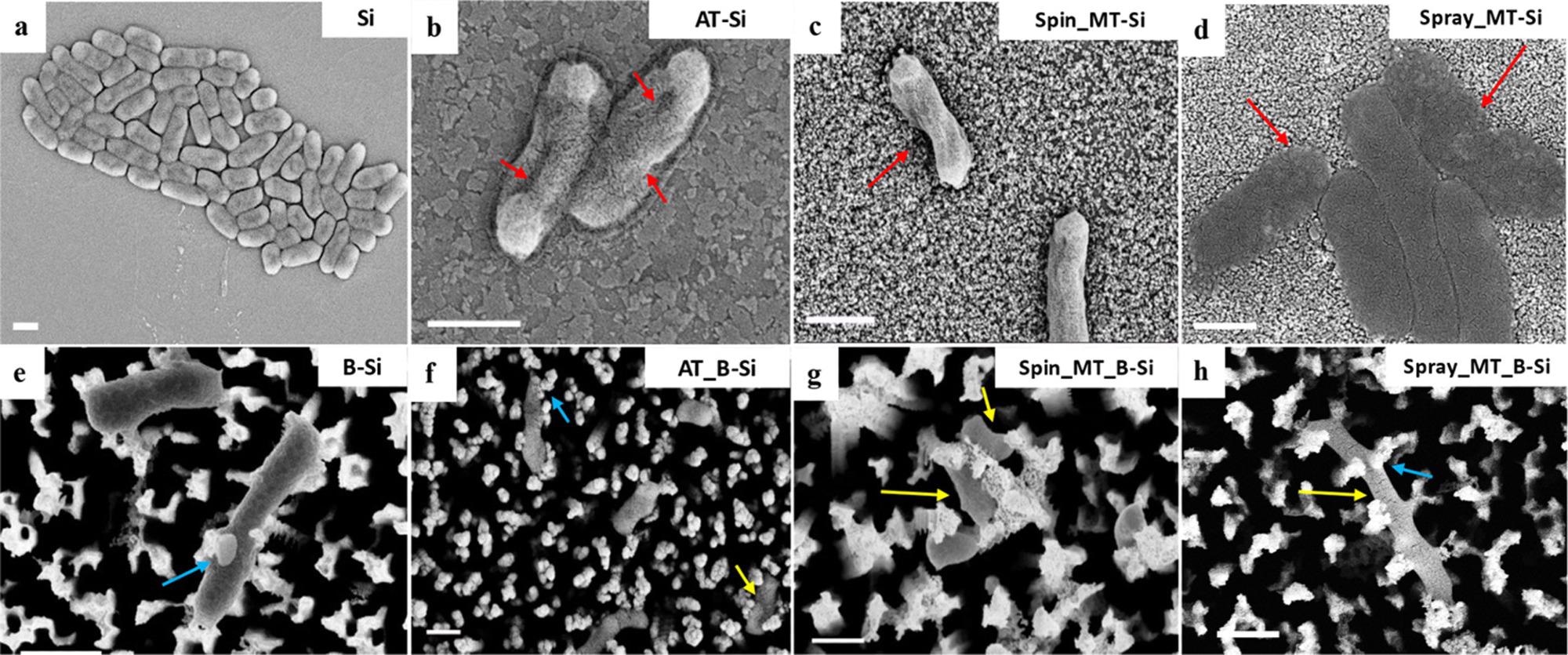An article has been published in ACS Omega that focuses on sustainable and cost-effective methods for the synthesis of nanostructures with antibacterial properties.

Study: Scalable Hybrid Antibacterial Surfaces: TiO2 Nanoparticles with Black Silicon. Image Credit: Kateryna Kon/Shutterstock.com
Bacterial Attacks and Antimicrobial Resistance
In barely over a century, antibiotics have transformed contemporary disease treatment. Unfortunately, the rate of bacteria mutation is diminishing the effectiveness of antibiotic treatments.
Antimicrobial resistance (AMR) arises when germs, viruses, microorganisms, and parasites evolve and no longer react to antibiotics. Bacterial colonization on high-touch surfaces is a common starting point for AMR.
Bacterial colonies proliferate to produce biofilms that are difficult to eliminate if not confined in the initial stages. The most effective strategy to minimize AMR is to use antibacterial coverings to prevent germs from adhering to high-touch surfaces in the first place.

Figure 1. Atomic force microscopy 3D images of (a) spin-coated mesoporous TiO2, (b) spray-coated mesoporous TiO2, (c) black silicon, (d) ALD-deposited TiO2 on black silicon, (e) mesoporous TiO2 spin-coated on black Si, and (f) mesoporous TiO2 spray-coated on black Si. The surface roughness is highest in B-Si. It reduces on TiO2-coated surfaces. The Rq value indicates the root mean square roughness of surfaces. © Singh, J., Hegde, P., Avasthi, S. and Sen, P., (2022)
Types of Antibacterial Materials
Organic and inorganic materials are the two primary categories of antibacterial materials utilized today. Metal ions such as silver, zirconium, gold, and others have antibacterial properties due to their increased concentration across cell membranes, which disturb microorganisms.
Antibacterial effectiveness of nanoparticles such as calcium phosphate, zinc, gold, copper oxide, and magnesium oxide are demonstrated via numerous mechanisms, including cell wall penetration, reactive oxygen species (ROS) generation, and metabolic binding.
Even though inorganic nanomaterials are broad-spectrum biocides that are thermodynamically and highly inert, their biosorption and cytotoxicity have broader implications in their uses.
What are Some Novel Antibacterial Mechanisms?
To overcome antibiotic resistance, novel antibacterial strategies have been devised. Microwave caloric treatment, photodynamic therapy, and photoactive therapy are examples of these.
Photoresponsive materials are light-sensitive and light-activated components that absorb light to kill bacteria. Photocatalysts like zinc oxide and TiO2 kill bacteria by producing reactive oxygen species under sub-band-gap illumination.
Introduction to Titanium Dioxide (TiO2)
TiO2 as a photo electrocatalytic antimicrobial substance. TiO2 has a bandgap of 3.2 eV, under 365 nm UV light, an electron-hole pair is formed in TiO2, which interacts with water and oxygen to generate ROS.
ROS breakdown organic materials and destroy microorganisms. Unfortunately, TiO2 thin films are poor in all three of these areas.
TiO2 thin films have a finite specific surface area. UVA light (365 nm) absorbs at a depth of 1m in TiO2, hence absorption in a 100 nm layer is less than 10%. To form ROS, photoinduced charge particles must diffuse to the surface.

Figure 2. Methylene blue dye degradation of different surfaces in the presence of UV-365 nm. (a, b) Enhanced performance of TiO2-coated B-Si (AT_B-Si, MT_B-Si) over a flat surface. (c) Comparison of mesoporous and ALD TiO2 coatings indicates that mesoporous TiO2 performs better. (d) Comparison of the methylene blue dye degradation rate on different surfaces. © Singh, J., Hegde, P., Avasthi, S. and Sen, P., (2022)
Advantages of Nanoparticle Addition to TiO2
The incorporation of photo electrocatalytic TiO2 screens with nanotechnology allows for enhanced antibacterial activity. The incorporation of nanotechnology alleviates the inherent limits of photocatalytic activity films such as TiO2.
Nanostructures improve TiO2 optical absorption by deflecting photons, increasing the efficient transmission distance of light across the film.
Nanostructures also enhance the effective surface area, resulting in increased ROS generation and decreased bacterial populations. Black silicon (B-Si) covered with the TiO2 photocatalytic activity outperforms either B-Si or TiO2.
A Brief Overview of Antimicrobial Film Methods
Chemical vapor deposition (CVD) is a popular method for depositing multifunctional nanofilms. Unfortunately, CVD technology is difficult to use.
As precursors are hazardous, combustible, and destructive, they must be handled with care. Because of its outstanding commonly used method of CVD for metal oxides.
However, because of poor deposition potential and considerable loss of pricey antecedents, the economic sustainability of ALD over large regions is uncertain.
Physical vapor deposition (PVD), which includes thermal deposition, e-beam evapotranspiration, and sputtering, is simpler and less expensive. The film quality, on the other hand, is poor, inhomogeneous, and nonconformal. Furthermore, items with complicated curves cannot be consistently coated in three dimensions (3D) using low-cost PVD.

Figure 3. Scanning electron microscopy images of bacteria on different substrates. Blue arrows indicate the piercing of bacteria by pillars. Red arrows indicate cell wall damaged areas. Yellow arrows indicate sunken bacteria. (a) Undamaged bacteria on flat Si. (b–d) Bacterial cell wall disruption on ALD-, spin-, and spray-coated TiO2 surfaces, respectively. (e) Bacterial cell has been pierced by nanostructures of black Si. (f–h) Bacteria have sunken inside the TiO2-coated pillars, indicating cell death (Scale bar: 1 μm). © Singh, J., Hegde, P., Avasthi, S. and Sen, P., (2022)
Research Findings
As the hydrophobic TiO2 layer affects the cleanliness of the nanopillars, the hardness drops to 363 nm with ALD TiO2 covering on top.
The coarse grass-like nanostructures on B-Si improve the effective surface area of TiO2, enhancing the effectiveness of photon-to-ROS conversion. Additionally, light that strikes the nanomaterials is confined, boosting light absorption.
By replacing the TiO2 thin film with a highly porous TiO2 layer, the efficiency may be increased even more.
These findings emphasize the significance of nanoscale topological ruggedness in enhancing antimicrobial properties, paving the way for accessible, low-cost, substantial antibacterial surfaces.
Reference
Singh, J., Hegde, P., Avasthi, S. and Sen, P., (2022) Scalable Hybrid Antibacterial Surfaces: TiO2 Nanoparticles with Black Silicon. ACS Omega. https://pubs.acs.org/doi/10.1021/acsomega.1c06706.
Disclaimer: The views expressed here are those of the author expressed in their private capacity and do not necessarily represent the views of AZoM.com Limited T/A AZoNetwork the owner and operator of this website. This disclaimer forms part of the Terms and conditions of use of this website.